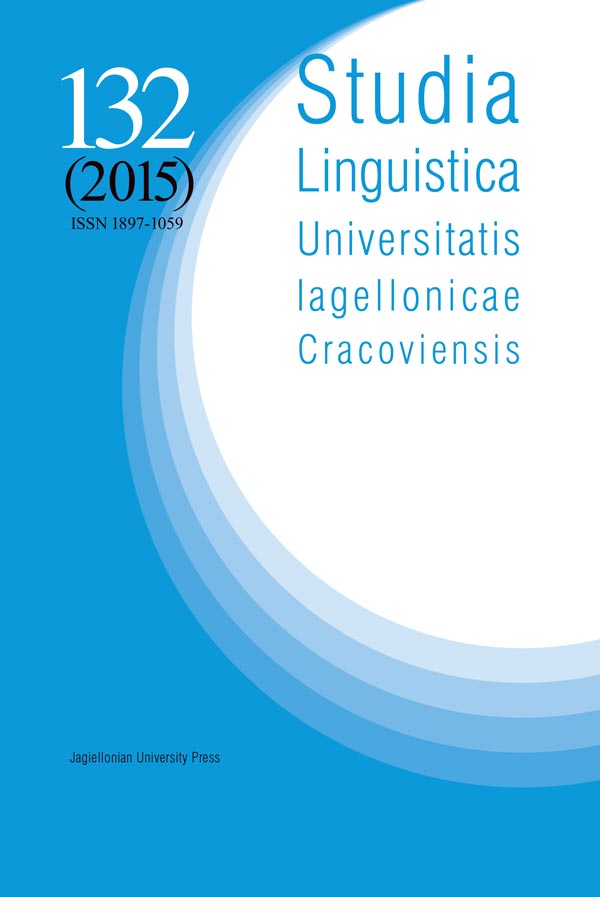Bridging the gap between sciences and humanities – the story of “to be” and “to be like”. On the basis of excerpts from classic readings in translation studies
Bridging the gap between sciences and humanities – the story of “to be” and “to be like”. On the basis of excerpts from classic readings in translation studies
Author(s): Marek KuźniakSubject(s): Language and Literature Studies, Theoretical Linguistics, Applied Linguistics, Translation Studies
Published by: Wydawnictwo Uniwersytetu Jagiellońskiego
Keywords: fact; Truth; Translation Studies; matrix; speculation
Summary/Abstract: This paper is generally about the two fundamental ways of expressing ideas in academic discourse, i.e. either through stating things in terms of the conceptual pattern: X IS Y, or in terms the pattern X IS LIKE Y. The former, though much widespread in the said discourse is argued to be fundamentally false as it produces statements of the predicative (absolutive) type, which as the article shows, is not within the grasp of human reasonable mind. Instead, what is suggested is the pattern X IS LIKE Y, which by containing a pivotal element “like” guarantees the discourse to be at most approximative rather than predicative of the Truth. The general claim is that academic discourse, being essentially speculative, should stylistically reflect the aforementioned “be like” strategy in the description of things rather than “to be” strategy. The latter, as argued below, does a lot of harm to academic discussion as it is groundlessly authoritarian and as such appears as inadequate vehicle in the description of the world. This proviso applies both to sciences and humanities, contrary to the common stereotype. The claim in this paper is that both sciences and humanities operate at the level of facts. This stands in opposition to a popular belief, where facts are the realm of sciences, while non-facts the prerogative of the humanities.The overall argument is contextualized in relation to the discussion of the selected excerpts of classic monographs within Translation Studies, which in its history aspired to be both “scientific” and “scholarly”. The analysis of the excerpts will demonstrate the pitfalls of the academic narrative, where the formulation of the ideas in a non-speculative way may disturb the reception of the argument in a sense that it is received as the only indisputable “truth”. This may, in turn, lead, to the suppression of the academic debate in which the two options emerge, i.e. either to accept a given view or reject it (as implicated in the formula X IS Y or X IS NOT Y, respectively). This yields no room for academic speculation. If this academic speculation is to survive, it should be implicated in the formula X IS LIKE Y, which as the claim goes, is the only intellectual tool upon which humans should rely in the process of approximating the Truth.
Journal: Studia Linguistica Universitatis Iagellonicae Cracoviensis
- Issue Year: 132/2015
- Issue No: 3
- Page Range: 151-165
- Page Count: 16
- Language: English

